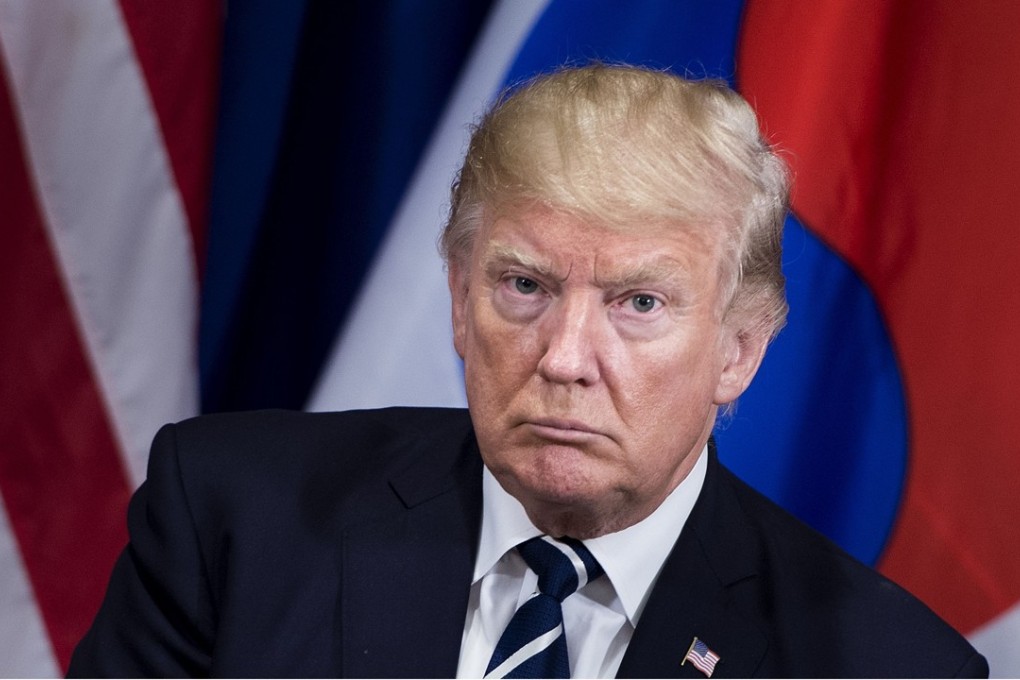What to expect from US President Donald Trump’s visit to Asia
How well, or poorly, Trump lays out his vision for East Asia will determine the trip’s overall success

A change of mind just hours before he touched down in Tokyo on Sunday at the start of his maiden trip to Asia as US president should have come as no great surprise to anyone given Donald Trump’s turbulent first 11 months in the White House.
Whether the last-minute volte-face, which will see Trump attend the East Asia Summit (EAS) in the Philippines, will convince anyone that the US has a coherent policy on what it is now calling the “Indo-Pacific region” remains to be seen.
What is clear is this is a hugely important trip for Trump, with the White House keen to emphasise it is the longest trip to Asia by any president in the last 25 years.
Trump’s predecessor, Barack Obama, also made his presidential Asian debut in the November of his first year in office, visiting four countries – Japan, Singapore (for an APEC meeting), China and South Korea – over a seven-day period. The US did not join the EAS until 2011.
The White House has also said Trump’s visit “will underscore his commitment to long-standing US alliances and partnerships, and reaffirm its leading role in promoting a free and open Indo-Pacific region”, but overall, it appears his top three priorities are North Korea, North Korea, and North Korea.
How will Donald Trump’s Beijing visit shape US strategy on China?
In Seoul and Tokyo he is expected to reassure allies of the US that Washington’s commitment to their defence in the face of a growing threat from Pyongyang remains firmly in place, while China’s new leadership team can expect the 45th incumbent of the White House to deliver a request that they do more to persuade Pyongyang to give up its nuclear ambitions and return to denuclearisation talks.